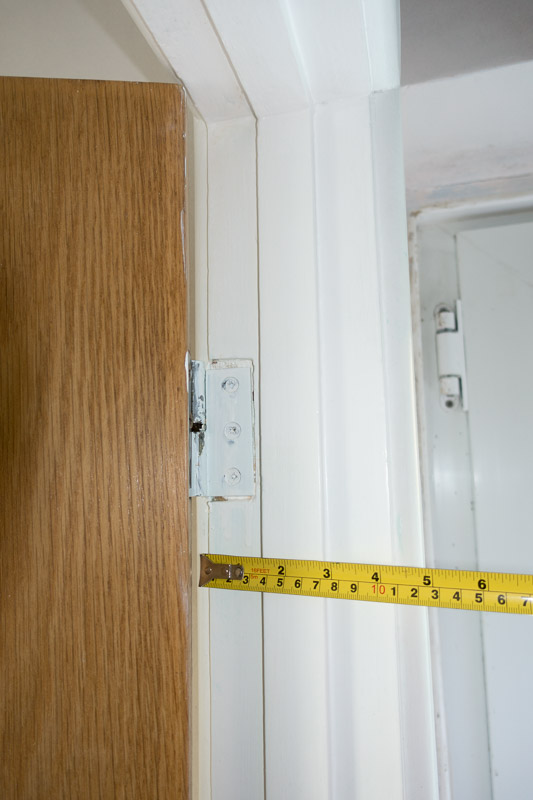I want to put a new door on our bathroom and use three hinges as the room gets very wet and humid. The existing jamb isn't great and the two hinge recesses are oversized, hence a new jamb.
A whole new frame is probably the best bet but knowing my luck and abilities, this will probably turn into a 3 day job which won't win me any brownie points.

As you can see the jamb is 4" wide without the architrave and the walls are brick / block. I'm guessing that's a single width of timber?
I'm presuming it should just be a case of removing the stops, cutting in just under the head and prising the hinge jamb away?
A whole new frame is probably the best bet but knowing my luck and abilities, this will probably turn into a 3 day job which won't win me any brownie points.

As you can see the jamb is 4" wide without the architrave and the walls are brick / block. I'm guessing that's a single width of timber?
I'm presuming it should just be a case of removing the stops, cutting in just under the head and prising the hinge jamb away?




